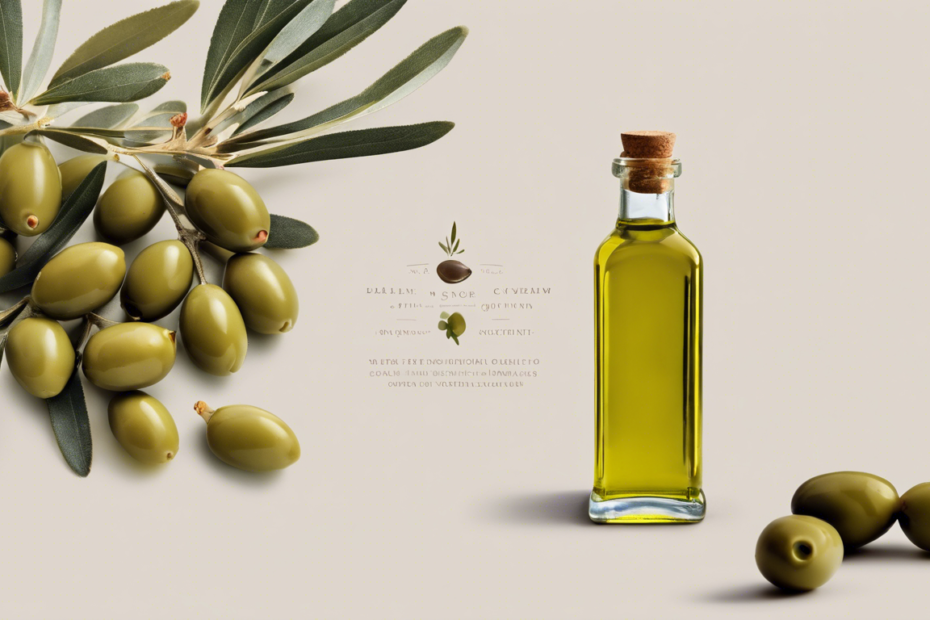If you’ve ever wandered down the aisles of your local grocery store, you might have noticed the dizzying array of olive oils available, each boasting unique flavors and origins.
But with so many options, how do you find the best olive oil in the world?
In this ultimate guide, we’ll break down the different grades and types of olive oil, explore the top regions renowned for their exceptional oils, and provide you with tips on how to taste and select the finest quality for your kitchen.
Whether you’re a culinary enthusiast or just looking to elevate your dishes, we’ve got you covered!
How to Taste and Choose Quality Olive Oil
When it comes to finding the best olive oil in the world, tasting it is not just a chore, it’s a delightful experience!
First, grab a small glass—preferably dark to keep the light out—and pour in a bit of olive oil.
Now, give it a little swirl to release those gorgeous aromas, and take a good whiff.
You should be able to pick up fruity notes and maybe even a hint of grass or herbs, depending on the variety.
Next, take a sip and let it coat your tongue; quality olive oil should feel smooth and buttery, with a lively peppery finish that may even make you cough a little—that’s a sign of a high polyphenol content!
Remember, not all olive oils are created equal; look for labels that specify the region and varietal, as top-tier producers often highlight their origins.
And don’t forget to check for the harvest date; fresher oil is typically better!
Keep this tasting adventure fun, and you might just discover a new favorite that’s perfect for drizzling over salads or dipping with your favorite bread.
Frequently Asked Questions
What are the different grades of olive oil?
Olive oil is classified into several grades, primarily extra virgin, virgin, and refined.
Extra virgin olive oil is the highest quality, made from pure, cold-pressed olives, while virgin oil is slightly lower in quality.
Refined olive oil has been chemically processed and lacks the flavors and nutrients of the higher grades.
Which regions are known for the best olive oil?
Some of the top regions known for producing the best olive oil include Tuscany in Italy, Andalusia in Spain, and the Peloponnese in Greece.
Each region has its unique climate and olive varieties that contribute to the distinct flavors of their oils.
What should I look for when tasting olive oil?
When tasting olive oil, pay attention to the oil’s flavor, aroma, and texture.
A good olive oil will often have a fruity smell, a flavorful taste with hints of pepperiness, and a smooth, well-rounded texture.
Swirl the oil in your mouth and notice the aftertaste as well.
Can you recommend a few brands known for high-quality olive oil?
Absolutely!
Some reputable brands include Colavita, La Tourangelle, and Gaea.
However, it’s always best to look for local artisans in your area as many produce exceptional oils that may not be widely available.
How can I store olive oil to maintain its quality?
To keep olive oil fresh, store it in a cool, dark place away from light and heat sources.
A closed bottle in a pantry or cupboard is ideal.
Avoid storing it in clear bottles or near the stove to prevent it from degrading.
